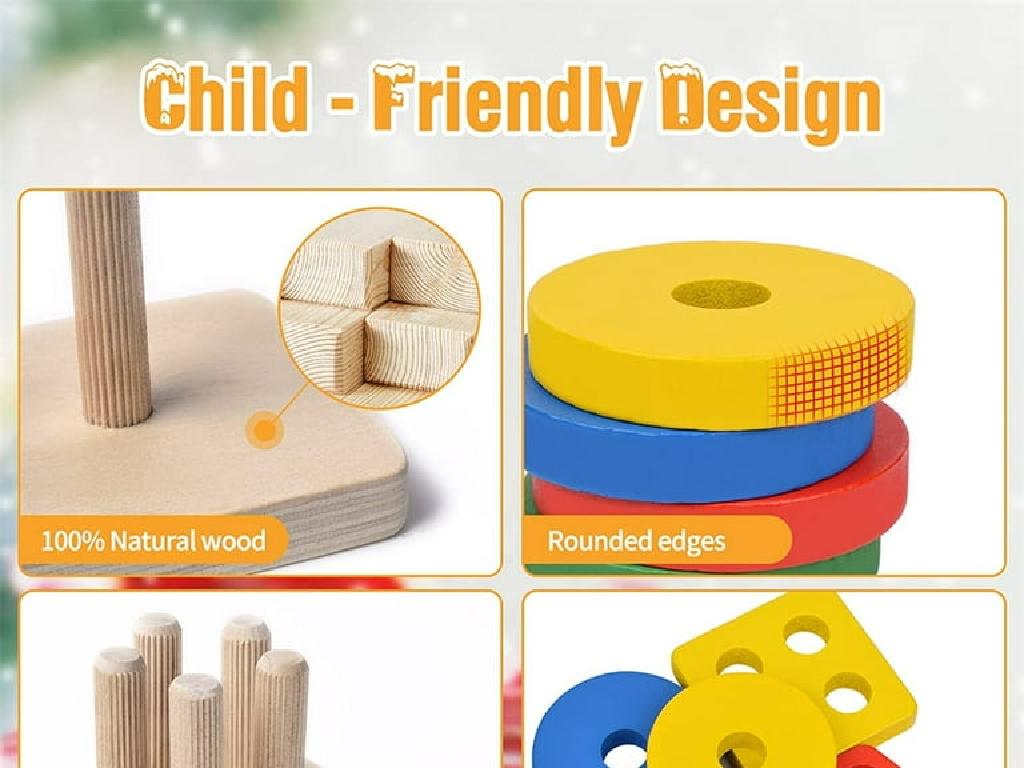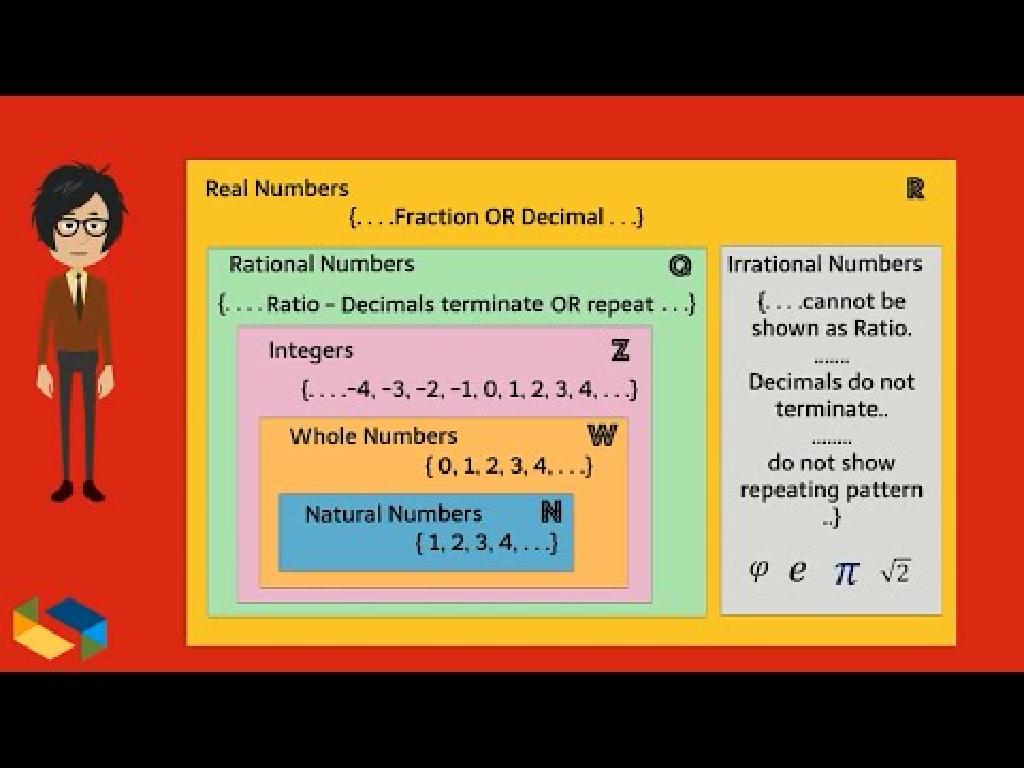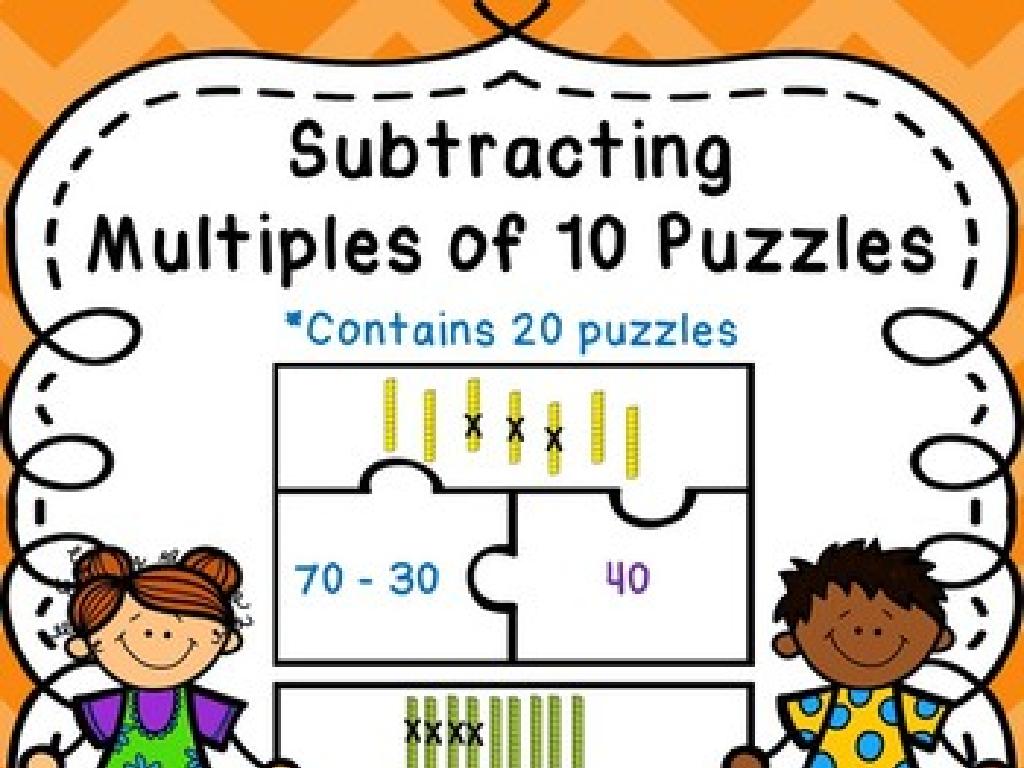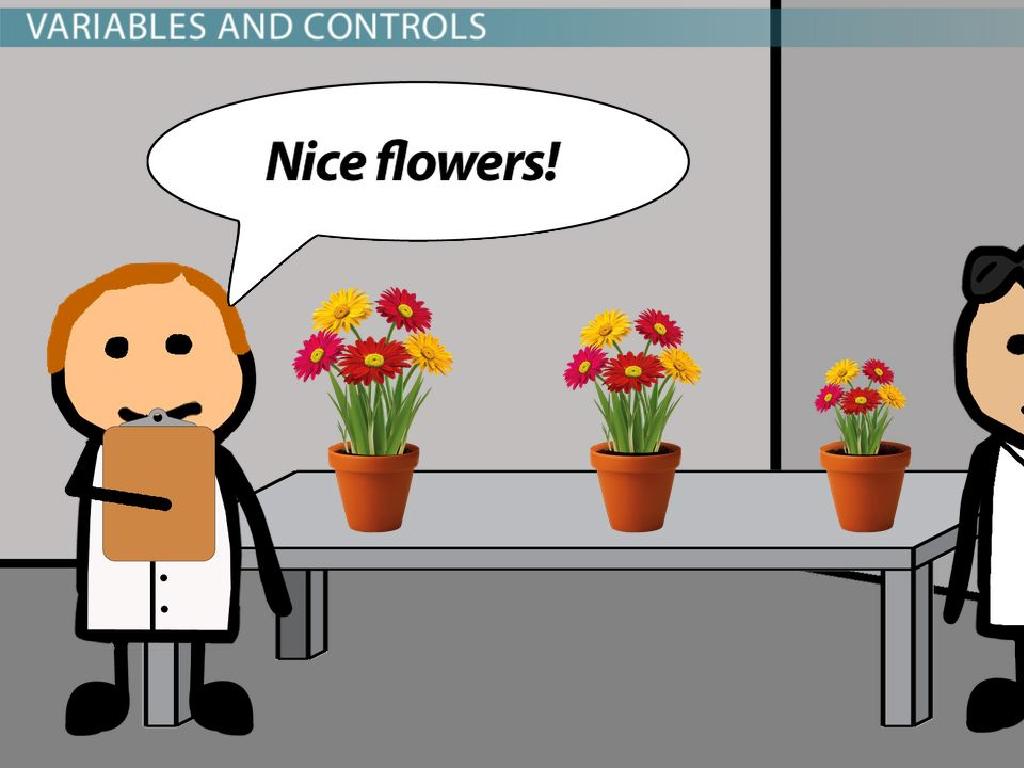Addition Word Problems - Sums Up To 20
Subject: Math
Grade: First grade
Topic: Addition Word Problems Up To 20
Summary: Introduce first graders to addition word problems with sums up to 20 using real-life examples and interactive activities. Students will learn to identify key numbers and words in word problems, write addition sentences, and use symbols like plus and equals to find the total. The lesson includes hands-on practice with objects, scavenger hunts, and guided group problem-solving to build foundational math skills, all while making learning addition fun and engaging.
Please LOG IN to download the presentation. Access is available to registered users only.
View More Content
Welcome to Addition!
– Understanding addition
– Addition is putting together numbers to get a total.
– Addition in daily life
– We use addition to count money, share toys, or add up scores.
– Adding numbers up to 20
– Learn to add smaller numbers that make a sum less than or equal to 20.
– Practice with fun examples
– We’ll solve problems with toys, fruits, and more!
|
This slide introduces the concept of addition to first graders. Start by explaining that addition is a way of finding out how much two or more numbers combined make. Show how addition is a part of everyday life, such as combining amounts of money or dividing treats among friends. Emphasize that we’re focusing on sums that do not exceed 20, which is a manageable range for first graders. Use visual aids and tangible examples like counting blocks or drawing simple objects to illustrate addition problems. Encourage participation by asking students to come up with their own addition examples. The goal is to make learning addition a fun and relatable experience.
Understanding Addition: Sums Up to 20
– Addition means combining
– Putting two groups together to make one
– We add to find the total
– If you have 3 apples and 2 apples, how many apples do you have in all?
– Let’s solve an example!
– Example: 5 teddy bears + 4 teddy bears. How many teddy bears do we have now?
– Practice makes perfect
|
This slide introduces the concept of addition to first graders. Start by explaining that addition is like combining two sets of things together. Use tangible examples like apples or toys to illustrate the point. Walk through an example problem as a class, using visual aids if possible, to show how to count up to the total. Encourage the students to use their fingers or objects to count. After the example, give them a few simple problems to practice adding numbers that sum up to 20. The goal is to make them comfortable with the idea of ‘how many in total’ when two groups are combined.
Understanding Addition Symbols
– The plus sign (+) means to add
– When we see +, we put things together
– The equals sign (=) shows the total
– = tells us what we have altogether
– Example: 3 + 2 = 5
– Adding 3 apples and 2 apples gives us 5 apples
|
This slide introduces the basic symbols used in addition problems: the plus sign and the equals sign. Explain that the plus sign is a way to tell us to combine numbers or things together. The equals sign is used to show us the result of the addition. Use simple, relatable examples like combining groups of apples to illustrate these concepts. Encourage students to use their fingers or objects to practice adding numbers together to reinforce the concept. Make sure to check for understanding by asking students to come up with their own addition examples using the plus and equals signs.
Reading Addition Word Problems
– Word problems are number stories
– Find the numbers and actions
– Let’s read a problem together
– Example: ‘Sam has 5 apples, and Ana gives him 3 more. How many apples does Sam have now?’
– Practice makes perfect
– We’ll solve more problems to get better!
|
This slide introduces first graders to the concept of addition word problems. Start by explaining that word problems tell a story using numbers and it’s our job to find out what the story is asking us to do. Emphasize the importance of identifying the numbers in the story and the action required, in this case, addition. Read a sample problem aloud and solve it together as a class, demonstrating how to underline or circle the important numbers and words that indicate addition. Encourage the students to practice with different problems to improve their skills. Provide guidance on how to approach word problems and ensure they understand the steps involved in solving them.
Solving Addition Word Problems
– Find numbers in the story
– Look for numbers or words that mean numbers.
– Decide to add the numbers
– Understand the story is asking to combine amounts.
– Write the addition sentence
– Use symbols like ‘+’ and ‘=’ to show addition.
– Solve and check your answer
– Use fingers or objects to ensure the answer is correct.
|
This slide is aimed at guiding first graders through the steps of solving addition word problems with sums up to 20. Start by identifying numbers or clues in the text that suggest quantities. Teach students to recognize keywords or phrases that indicate addition is required. Show them how to translate the problem into a mathematical sentence using addition symbols. Finally, encourage them to solve the problem using a method they are comfortable with, such as counting on fingers or using physical objects, and to verify their answers. Provide examples and practice problems to reinforce these steps.
Adding Toy Cars: A Word Problem
– Tom starts with 3 toy cars
– His friend gives him 2 more cars
– How many cars does Tom have now?
– Let’s add them together: 3 + 2
– 3 cars plus 2 cars equals 5 cars
|
This slide introduces a simple addition word problem to help first graders practice sums up to 20. Start by reading the problem aloud and identifying the numbers involved. Explain that Tom’s initial number of cars is 3, and he receives 2 additional cars from his friend. Ask the students how many cars Tom has in total to encourage participation. Then, guide them through the addition process by writing the equation on the board: 3 + 2. Solve the problem together and confirm that the answer is 5 cars. Reinforce the concept by asking students to visualize the cars being put together and counting them one by one. This interactive approach helps students understand addition in a concrete way.
Let’s Practice Addition Together!
– I’ll read a word problem aloud
– Find the numbers in the story
– Numbers are friends we add together!
– Think about what ‘adding’ means
– Adding is putting two groups into one big group
– We’ll solve the problem step by step
– I’ll help you add the numbers for the answer
|
This slide is designed for an interactive class activity where the teacher reads a word problem out loud and guides the students through the process of solving it. The focus is on identifying the numbers involved in the problem and understanding the concept of addition as combining two sets of items. The teacher should emphasize the keywords that indicate addition, such as ‘together,’ ‘in all,’ or ‘total.’ Encourage students to visualize the problem, perhaps using physical objects or drawings to represent the numbers. After finding the numbers, guide them through the steps of adding them together to find the sum. This activity should be done with several examples to ensure that students are comfortable with the process.
Your Turn to Try: Solve the Word Problem
– Read the problem carefully
– Find the numbers involved
– Write your addition sentence
– Example: If you have 3 apples and get 2 more, write: 3 + 2 = ?
– Solve the problem
– Add the numbers together to find the sum
|
This slide is an interactive activity for students to apply their knowledge of addition word problems with sums up to 20. Encourage students to read the word problem slowly to understand the scenario. Guide them to identify the numbers that are mentioned in the problem. Once they have the numbers, instruct them to write down the addition sentence that represents the problem. Finally, have them solve the equation to find the sum. As a teacher, walk around the classroom to assist students who may be struggling and provide positive feedback to those who are correctly solving the problems. Prepare to offer additional problems for students who finish early or need more practice.
Class Activity: Addition Scavenger Hunt
– Let’s search for items to add
– Write your addition sentences
– For example, 2 pencils + 3 erasers = 5 items
– Share your findings with the class
– Have fun with numbers!
|
This activity is designed to make learning addition fun by incorporating movement and exploration. Have the students walk around the classroom to find different objects they can add together. They should write down their addition sentences, such as ‘2 pencils + 3 erasers = 5 items’. After the hunt, each student will share their sentences with the class, practicing their addition and presentation skills. Possible variations of the activity could include pairing students to work as a team, setting a timer for a quick-paced hunt, or assigning specific items to find for added complexity. The goal is to reinforce their understanding of addition within 20 in an interactive and engaging way.
Great Work on Addition Word Problems!
– Proud of your addition skills
– Keep practicing with fun problems
– Try adding toys, snacks, or story characters
– Next lesson: Introduction to subtraction
– Math is exciting with practice and patience
– Remember, every math hero started just like you!
|
This slide is meant to congratulate the students on their hard work and encourage them to continue practicing addition at home. Reinforce the idea that practice is key to becoming proficient in math. Provide suggestions for making practice enjoyable, such as using everyday items as counting tools. Introduce the concept of subtraction as the next exciting topic to look forward to, building anticipation. Remind them that every expert in math began with learning the basics, just as they are doing now. Encourage a positive mindset towards learning and practicing math.





